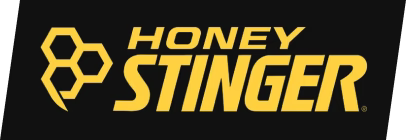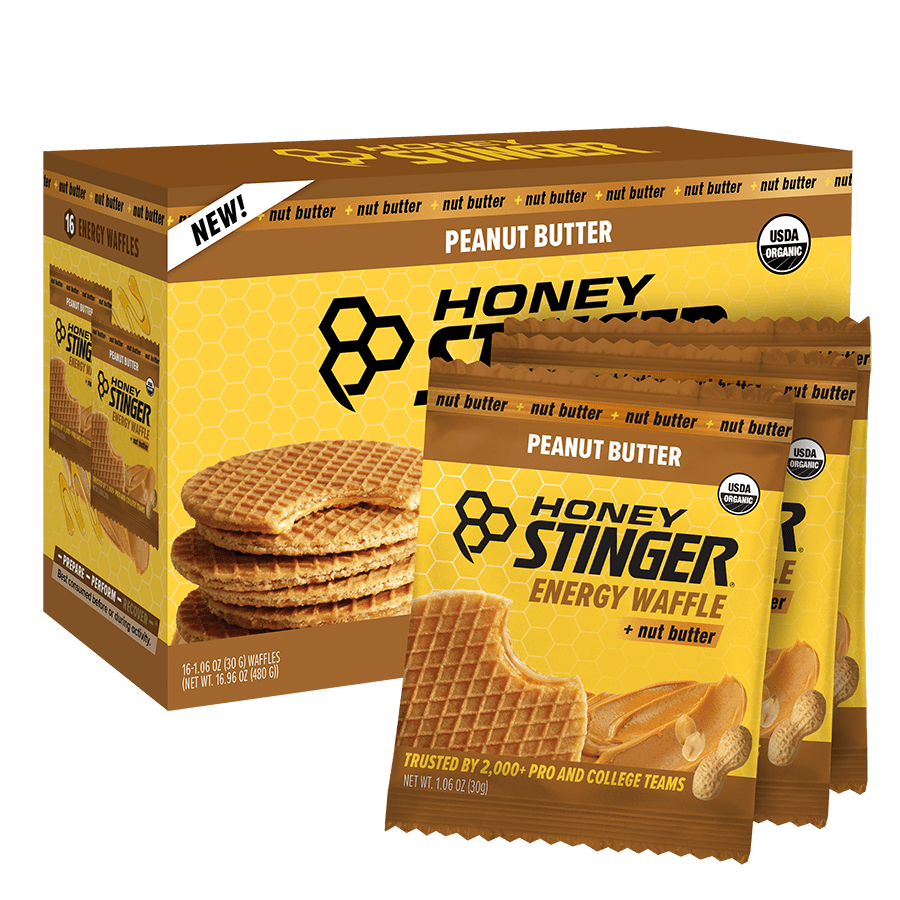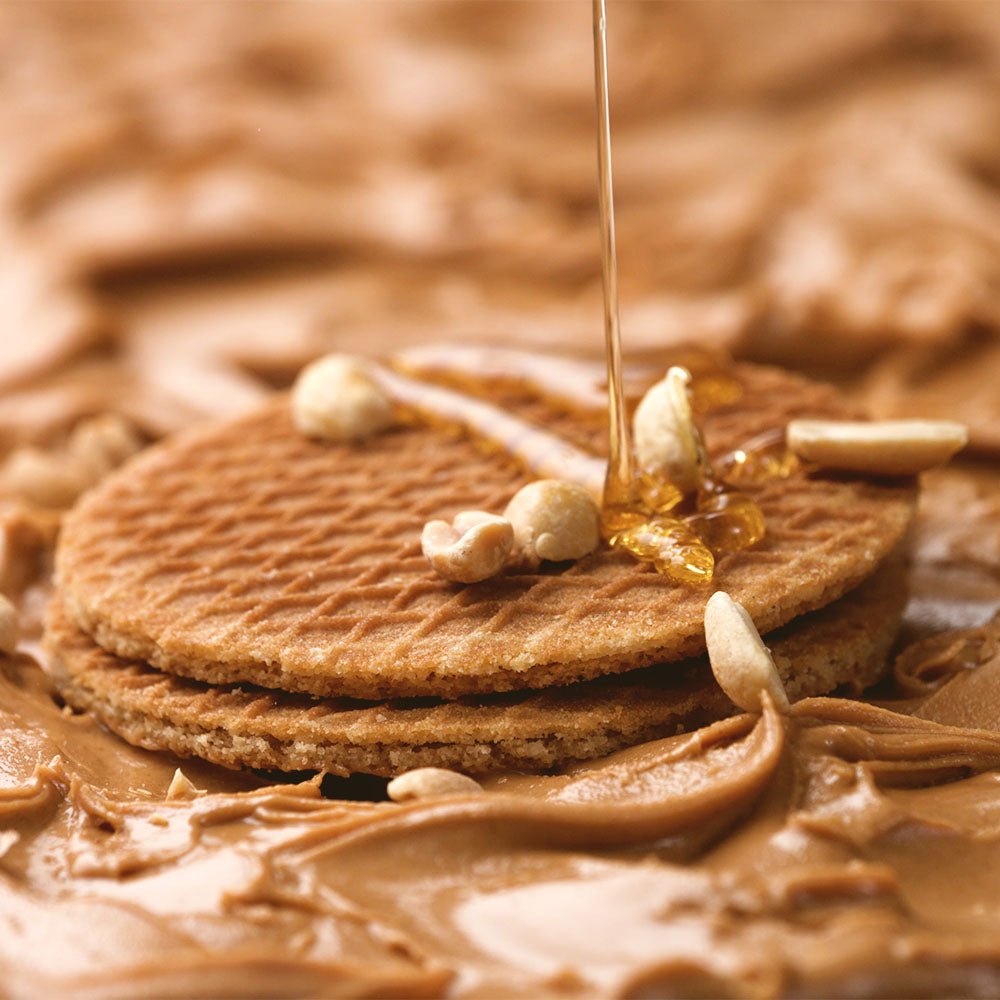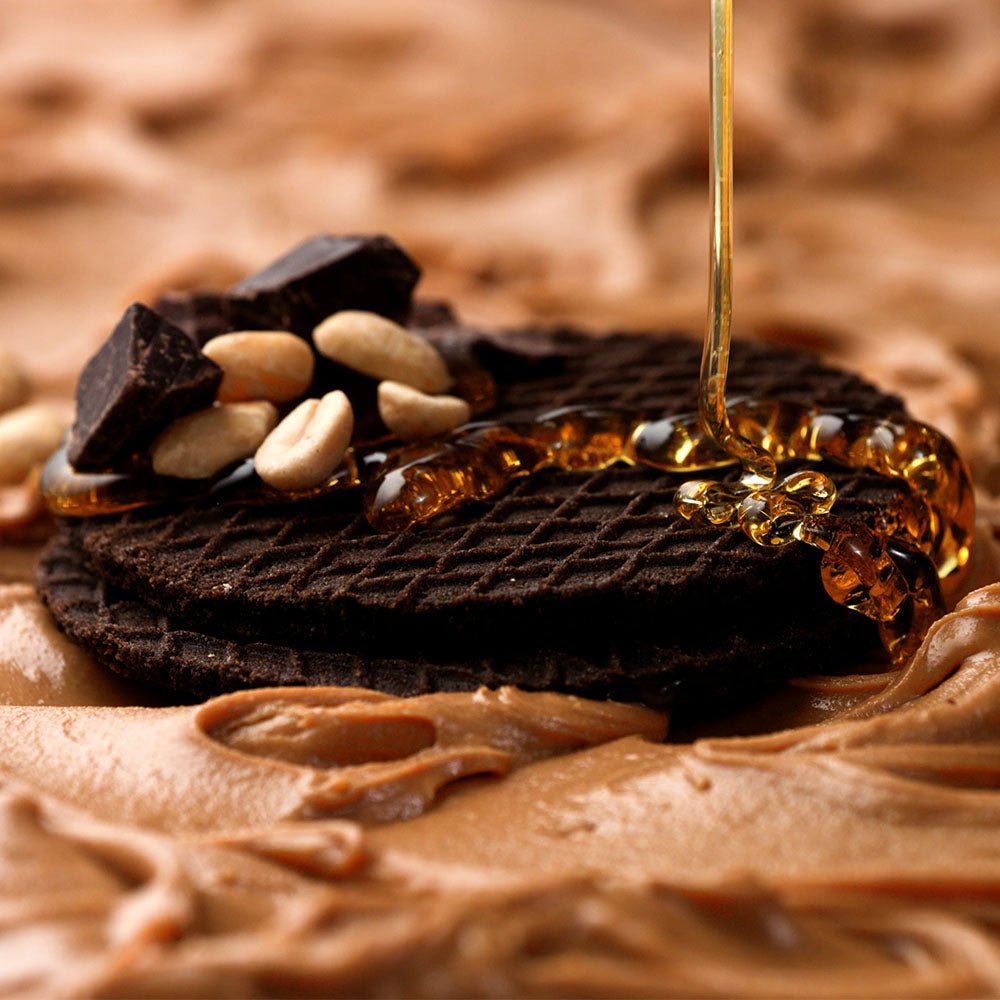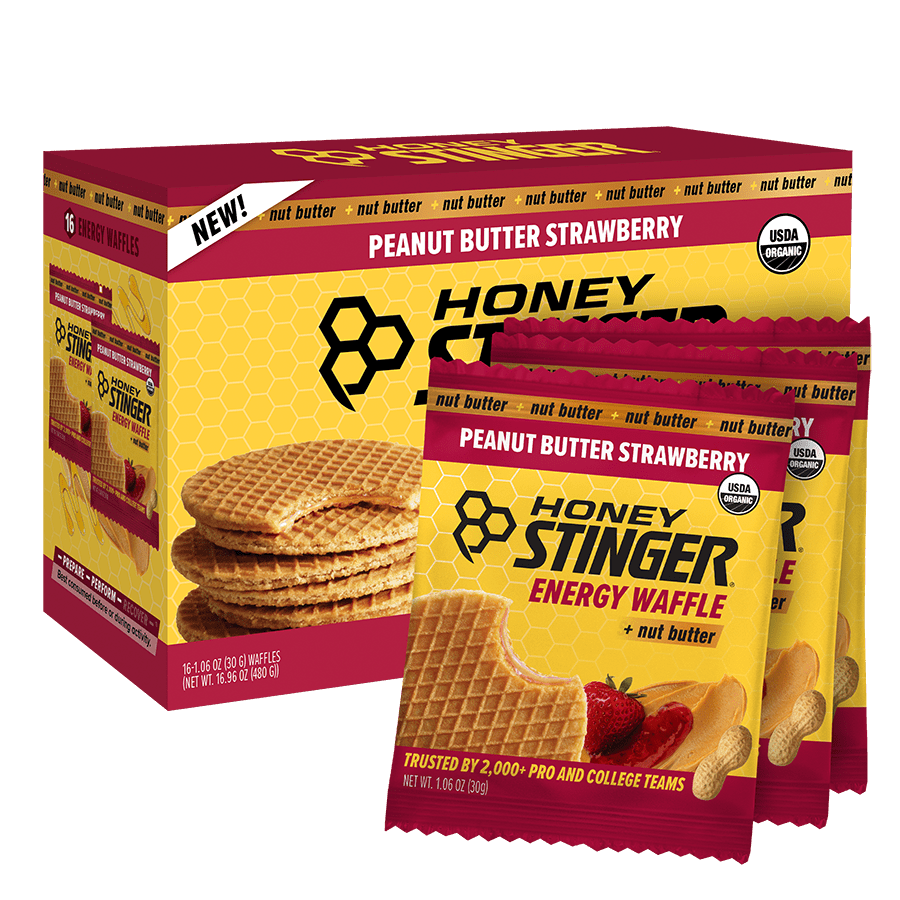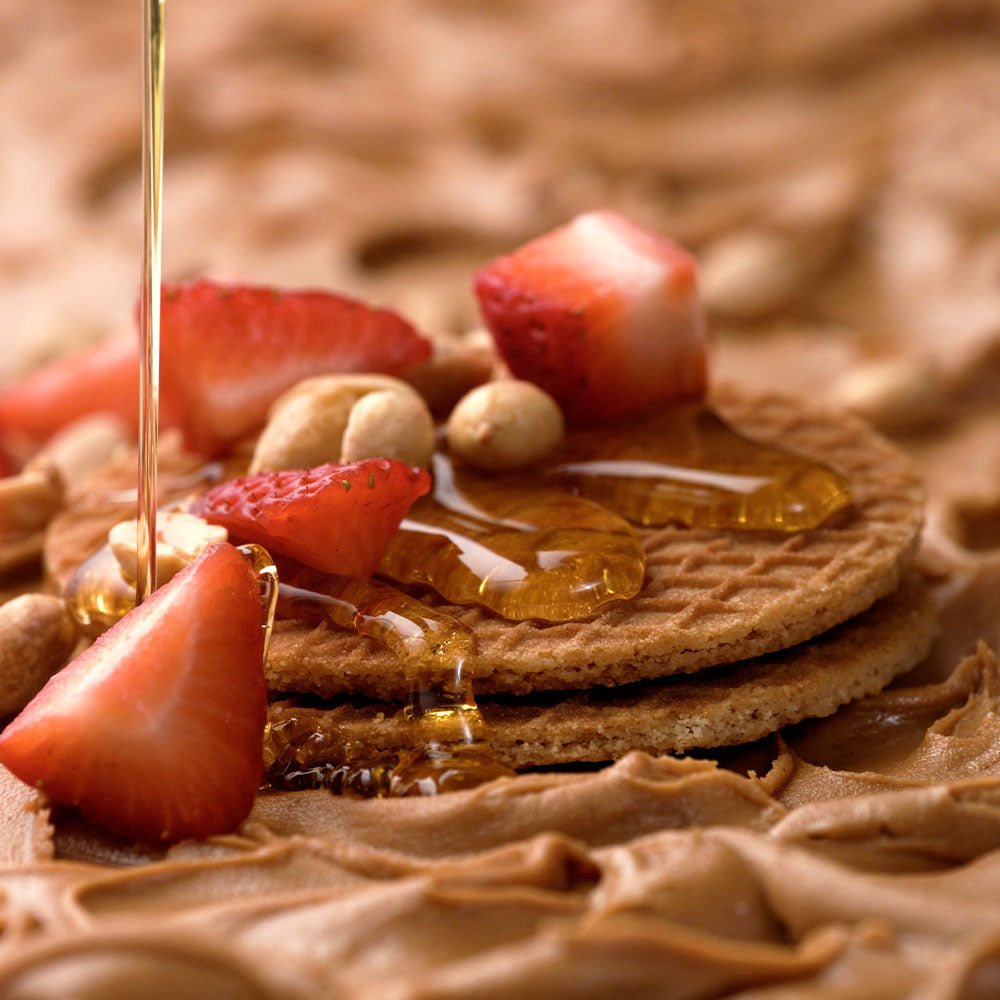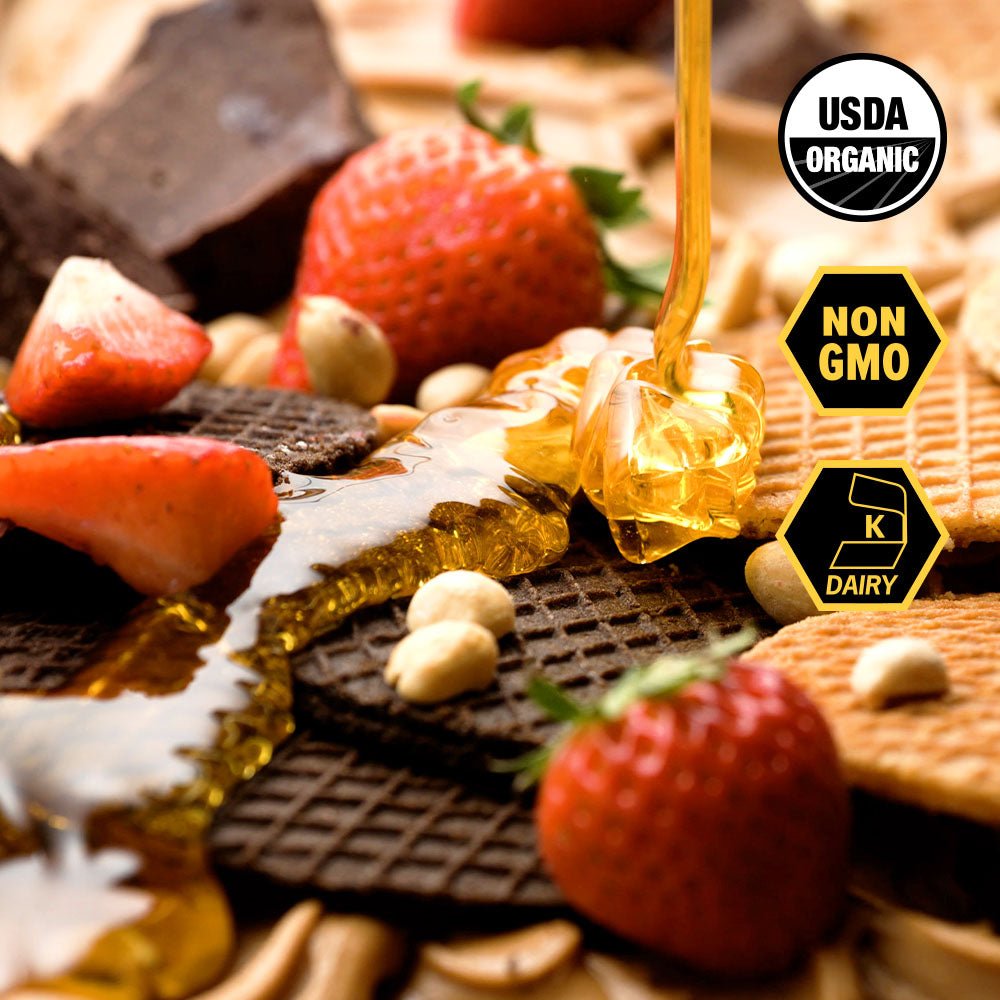The Honey Bee: The Anchor in our Food Supply
In a relay, there is always an anchor. The anchor is the athlete who uniquely makes up any lost ground and finishes the race with the strongest kick. Of the pollinators, and how they relate to our food supply, most coaches would consider the honey bee the anchor. They are the final link in the chain for the plant to produce the food we eat through pollination.

 Photo: From top left: Apis Mellifera (honey bee) back view, Apis Mellifera (honey bee) side view, Bombus morrisoni (Morrison bumble bee), From bottom left: Polistes sp. (paper wasp), and Augochloropsis metallica (sweat bea). **
The beekeeper’s harvest is a powerhouse product for bees and humans alike. For humans, it provides a pick me up that we drink in our tea, or even eat during a run. For the honey bee, consuming the stored honey is a critical energy source for survival. In the winter they need it so they can generate heat and keep warm in the winter-when flowers aren’t available. In the spring and summer, it provides the energy for foragers to fly miles around to pollinate flowers and collect more food to store for the coming year.
Photo: From top left: Apis Mellifera (honey bee) back view, Apis Mellifera (honey bee) side view, Bombus morrisoni (Morrison bumble bee), From bottom left: Polistes sp. (paper wasp), and Augochloropsis metallica (sweat bea). **
The beekeeper’s harvest is a powerhouse product for bees and humans alike. For humans, it provides a pick me up that we drink in our tea, or even eat during a run. For the honey bee, consuming the stored honey is a critical energy source for survival. In the winter they need it so they can generate heat and keep warm in the winter-when flowers aren’t available. In the spring and summer, it provides the energy for foragers to fly miles around to pollinate flowers and collect more food to store for the coming year.
Content provided by Project Apis m. Contributing staff PAm members: Grace Kunkel & Danielle Downey. **Please note the sizes of each insect are not to scale. Photos are from the USGS Bee Inventory and Monitoring Lab and are available to the public here.

Honey bees entering a colony with full “pollen baskets”, the yellow balls attached to each bee’s legs.
Honey Bees: The Anchor
Pollinators represent the group of animals that have co-evolved with, and aide the reproduction of, flowering plants. Often this is in exchange for food: the pollen and nectar produced by the flower. Of the pollinators, humans have cultivated a long and complex relationship with Apis mellifera: the honey bee. Distinctions from other insects include the alternating honey-colored and black stripes on the abdomen, large eyes, and four clear wings. But those traits can also describe other members of the bee and wasp family. The honey bee is less rotund than a bumble bee, but rounder still than her wasp relatives. And she will never have the metallic sheen of some other bees, like the sweat bee. You will most likely encounter a honey bee or bumble bee on a flower—the clover in your lawn, a wildflower in the springtime, or a tomato blossom your garden. Honey bees will generally mind their own business, while you may encounter a wasp investigating your plate at a picnic (wasps are omnivores—they may hunt, scavenge, or even pollinate) or a sweat bee buzzing around you in your yard working up a salty sweat they like for its minerals.Honey: The Powerhouse
The honey bee has also evolved “pollen baskets” (pictured above) and a large “honey stomach” allowing for the efficient gathering of pollen and nectar from several blossoms in just one foraging trip. Storing nectar in the honey stomach is the pre-cursor necessary to make what we know as honey. The honey bee converts the nectar from her honey stomach into honey to be stored in the colony. Honey tastes sweet, a universal signal to all animals that it is a rich energy source. When humans started to understand the value that is contained within a colony, they cultivated the honey bee into the managed pollinator that she is today. The relationship is similar to how humans have domesticated other plants and animals over time, though the bees do not change their habits much in the modern process. Photo: From top left: Apis Mellifera (honey bee) back view, Apis Mellifera (honey bee) side view, Bombus morrisoni (Morrison bumble bee), From bottom left: Polistes sp. (paper wasp), and Augochloropsis metallica (sweat bea). **
The beekeeper’s harvest is a powerhouse product for bees and humans alike. For humans, it provides a pick me up that we drink in our tea, or even eat during a run. For the honey bee, consuming the stored honey is a critical energy source for survival. In the winter they need it so they can generate heat and keep warm in the winter-when flowers aren’t available. In the spring and summer, it provides the energy for foragers to fly miles around to pollinate flowers and collect more food to store for the coming year.
Photo: From top left: Apis Mellifera (honey bee) back view, Apis Mellifera (honey bee) side view, Bombus morrisoni (Morrison bumble bee), From bottom left: Polistes sp. (paper wasp), and Augochloropsis metallica (sweat bea). **
The beekeeper’s harvest is a powerhouse product for bees and humans alike. For humans, it provides a pick me up that we drink in our tea, or even eat during a run. For the honey bee, consuming the stored honey is a critical energy source for survival. In the winter they need it so they can generate heat and keep warm in the winter-when flowers aren’t available. In the spring and summer, it provides the energy for foragers to fly miles around to pollinate flowers and collect more food to store for the coming year.
Pollination: The Silent Hero
Even more valuable than the honey that bees produce are the pollination services they provide. We all experience the benefits of pollination services daily whether we realize it or not. Quietly, behind the scenes, honey bees are shepherded through a huge yearly migration. Beekeepers follow the crops with their bees as each one comes into bloom. This increases the crop’s yield and quantity. This service contributes to about a third of the food we eat, and allows us to have an affordable and diverse selection of seeds, nuts, fruits, and vegetables. Myriad other species can pollinate our foods, but only the honey bee—the anchor—can be moved in large numbers to ensure pollination. Migratory pollination is where the perils facing the honey bee become most acutely felt. The impacts of pathogens, pesticides, poor nutrition, and parasites, has made it harder for beekeepers to maintain the honey bee workforce that we depend on. All pollinators are a team in our food supply, but the honey bees are the anchor. Each year it seems like they have more obstacles to overcome. Increasing forage (that is, flowering plants) is one way to help the honey bee, because better nutrition helps the bee become more resilient to the other perils. Not only will the anchor be stronger, but those same flowers also help the whole team. Learn how you can start your own pollinator garden to help the bees here.Content provided by Project Apis m. Contributing staff PAm members: Grace Kunkel & Danielle Downey. **Please note the sizes of each insect are not to scale. Photos are from the USGS Bee Inventory and Monitoring Lab and are available to the public here.
